2011 Focus Claims 40MPG… With An Automatic?

Welcome to the 40MPG beach. The diesel crew is playing volleyball back near the parking lot, there’s a Smart ForTwo showing off its tiny bikini, and Ford is kicking sand in GM’s face.
The much-ballyhooed Cruze “ECO” isn’t really that economical, returning 36mpg on the highway with an automatic. GM swears the manual will hit 40mpg, if you’ll just give them a chance to get it worked out. Meanwhile, Ford has announced that the 2011 Focus will hit the 40mpg target with a 2.0 Duratec Ti-VCT while delivering more power than the Cruze’s 1.4L turbo.
The new Duratec is direct-injected, runs a 12:1 compression ratio, and has VVT on both cams. Oh, and it will run on E85, just in case you take particular joy in helping America’s trade balance by running up the price of foodstuffs. With 160 horsepower and 146 lb-ft of torque, it should also make the Focus non-trivially quicker than the relatively porky Cruze.
Last but not least, the 40MPG rating will be achieved with an automatic… as long as you consider the dual-clutch “Powershift” transmission an automatic. Given the typical distribution between manual and automatic sales in this market, Ford will be able to claim a fuel-economy victory over GM even if the Cruze ECO manual makes it to the 40MPG mark.
This is all well and good, but it makes me wonder: What would this engine do in a Fiesta? The mileage couldn’t be any worse, and the power-to-weight ratio would be improved…

More by Jack Baruth

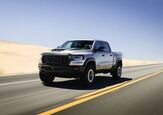

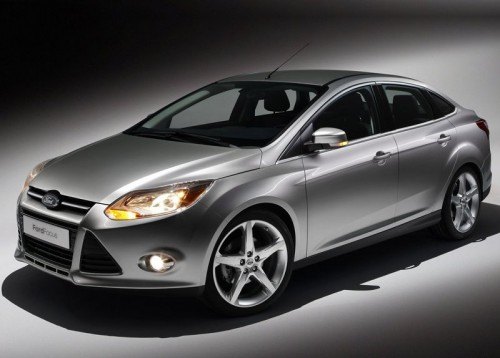












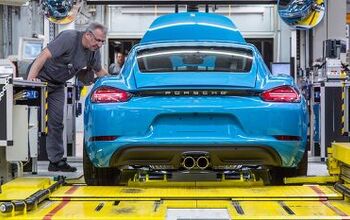
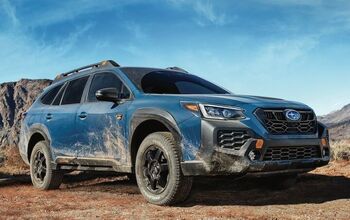

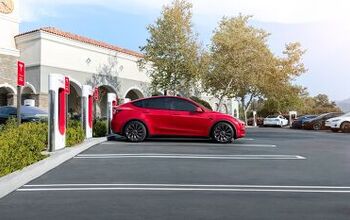
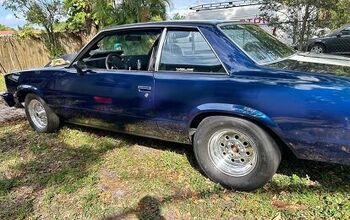



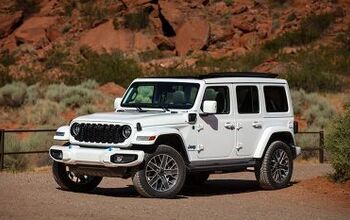
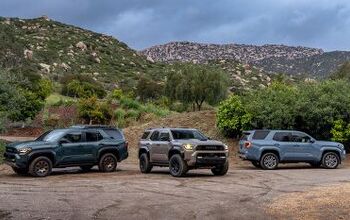

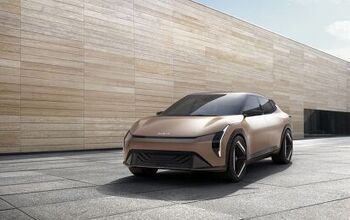
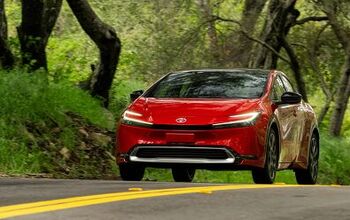
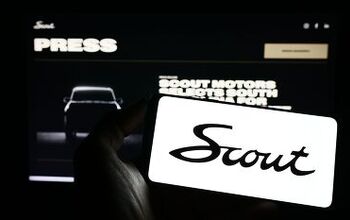
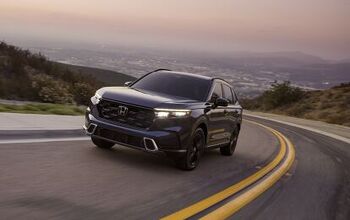

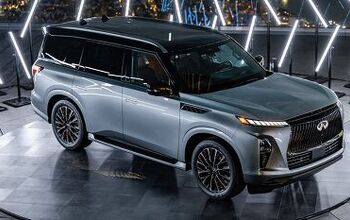
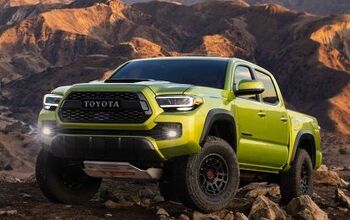
Comments
Join the conversation
I should start by saying that I love small/lightweight cars (I've owned a Miata for >20 years, for chrissake). But people are using their own anecdotal mileage figures here to give the older cars perhaps a bigger advantage than they had in real life. I'm assuming that Ford is talking Hwy MPG here, EPA test results. Compare that to a car I used to own (well, my wife/then girlfriend) that got super mileage (a 90 CRX, easily beat 40 on the highway) but is rated 27/32 on the revised EPA number scale. EPA ratings were revised dramatically downward a few years ago, and the fueleconomy.gov site has the old numbers normalized to the new scale, so you can check out the ratings of your favorite old iron (or notsomuch iron, as the case may be). Obviously real world deviates a lot from EPA, but at least EPA is done under some strict conditions that are repeatable and make more of an apples apples comparison possible (Yes, I'm sure manufacturers tweak to do well on those tests..) My point being? Only that if Ford pulls this off on the EPA cycle that it's pretty impressive (never owned a Ford in my life, so no bias towards them from me..). If you just pull out a "well I got 48 MPG uphill in my CRX way back when) that doesn't make this a non accomplishment. (Oh, 1990 metro 5spd, 38/45, manual 31/36... pretty impressive, but literally half the car a new Focus is)
The purpose of this article is to help potential drivers to better understand the shortcomings of the upcoming automobile called the Volt which will soon to be released by GM. The focus of this document is on driver usage, projected maintenance and total cost of ownership. OVERALL DESIGN: The car is basically a pluggable hybrid (electric/gas) with very little dual mode operation capability that has become standard with all other hybrid cars. It either operates in electric mode or gas mode which GM labels as “extended range” and is NOT user selectable; this is determined by the amount of charge left in the battery. When the gas engine is running it is NOT allowed to recharge the battery and the driver is basically driving around with an extra 400lb weight in this mode. It is NOT an electric car; electric cars do not have gas tanks, mufflers, gas engines, radiators etc. There is not one other automobile in the world being produced with this design after more than 100 years of research and production. APPLICATION: It appears (opinion) that the Volt is targeting families that can only afford one vehicle that must serve as the commute car during the week and as longer family trips on weekends. However there soon will be numerous true electric cars that can travel much farther distances such as the Leaf from Nissan and loads of other true hybrids that get better mileage when used for long weekend trips. GM now admits that the amount of miles the auto can be driven in electric mode can vary from 25 to 50 miles depending upon weather, terrain and driving habits. When in gas mode the vehicle is expected to get about 40mpg using the small 71hp engine and be to be driven for about 300 miles if the 12 gal gas tank was full. OPERATION: Since the Volt is being advertised as an electric car all accessories are electrically driven. This puts an extra load on the battery during the winter and summer with either the heater or A/C operating thus shortening the amount of miles that can be driven. It is also questionable as to performance when climbing hills etc. when running the small 71 hp gas engine. It is now known that when in “electric mode” the gas engine is allowed to cut in to provide extra power when needed. The battery is not allowed to assist the car when being driven in extended range (gas mode). ELECTRIC MODE: It has an electric drive system that may provide only 25 miles of drivability as mentioned previously. This will NOT meet the needs of many drivers who have longer daily trips to and from work with no place to recharge it. And it becomes a real negative when using the Volt for a long weekend trip since the 400lb battery can’t be easily removed. BATTERY: weighs about 400 pounds with all of the mounting hardware and cables and is estimated to cost over $10K. It appears that the primary reason for this large size is to provide a long useful life by never allowing it to discharge to less than 30% capacity. However this weight reduces the mileage, increases the cost and creates a high risk of obsolescence. There are a number of alternative designs being worked on at this time. GM has recently stated that it provides a 100K mile and 8 year warrantee but has not provided any further details at this time such as pro-ratings etc. when the battery can no longer provide the advertised miles per charge. GASOLINE MODE: GM defines this mode as “extended range” when in fact it can be driven up to 10 times farther in this mode than in the initial electric mode. If when the electric system is exhausted a gasoline driven system is allowed to cut in which lets the driver to take up to 300 miles trips assuming a full tank of gas. When operating in this mode power is provided by a small gas engine which turns a large alternator which then supplies electricity to the main drive motor. This is part of what GM calls the Voltec system but it is not clear that this is more efficient than using an automatic transmission to deliver the power directly to the drive train. PRICE: The Volt is going to sold for about $41K with a US Government discount available at this time. It does not qualify for a California rebate as does other electric cars such as the Nissan Leaf. This is priced too high for most Americans especially those who are seeking an inexpensive economy automobile. MAINTENANCE: this car will require all of the upkeep as any other hybrid vehicle which is primarily focused on the gas engine system and body. In fact there is a risk of the gas tank gumming up if not used frequently in addition to replacing plugs, oil, muffler, radiator, belts etc. It does not compare favorably with the upcoming family of electric cars which will NOT have a secondary power system and offer very low maintenance costs. COST OF OWNERSHIP: the biggest risk is the battery which may decline in its ability to hold a full charge due to heavy use and harsh weather conditions in summer and winter. All of the expenses attributed to other hybrid cars apply such as changing the oil and antifreeze, spark plugs, radiator, water pump, muffler etc. OBSOLESENCE: GM has taken a big risk by developing a hybrid vehicle that operates basically in two separate modes without achieving any real gains in each. It is well know that batteries for automobiles are in their infancy and will change radically in the years to come. The Volt battery will be totally obsolete long before the car has reached its end of life. This does not bode well for the owner who expects to trade one in and recoup any significant portion of their original investment.
Wrong article.. or....? First mention of a Volt on the page (besides an article link in the header) was this :)
This should be completely feasible as the current gen focus does very well on the highway. The epa is 24 / 34 but i easily get 35 - 38 mpg on highway with an old tech engine and transmission. I look foward to the new focus as i have enjoyed my '10 model and see many nice improvements for '12 model year.